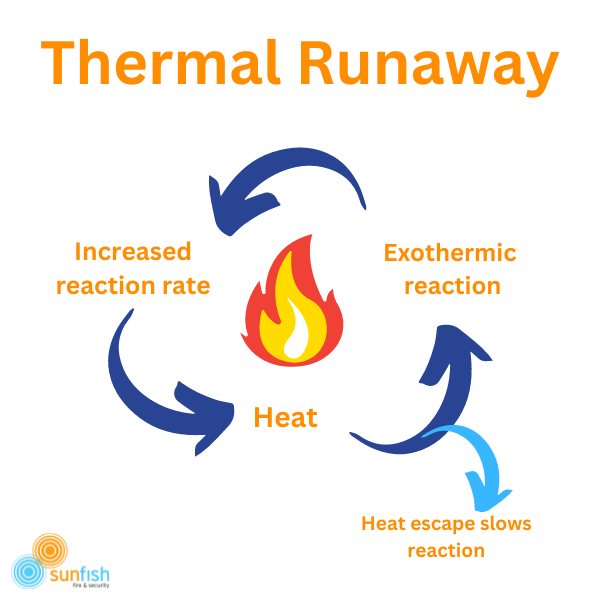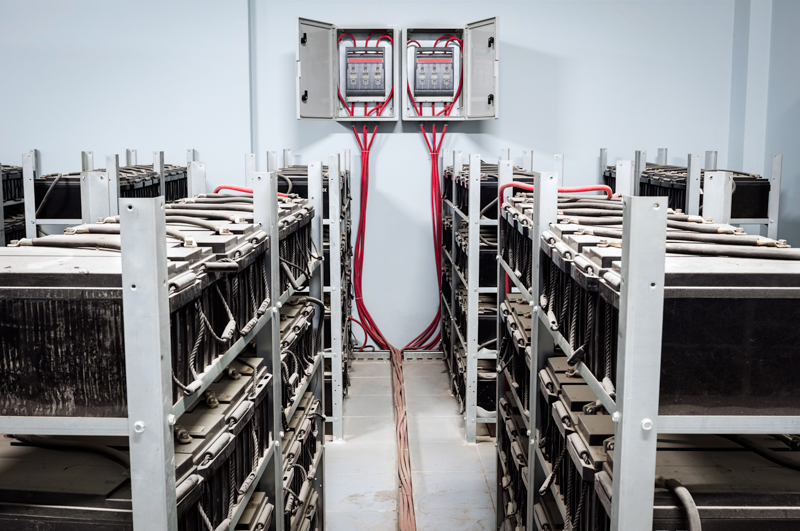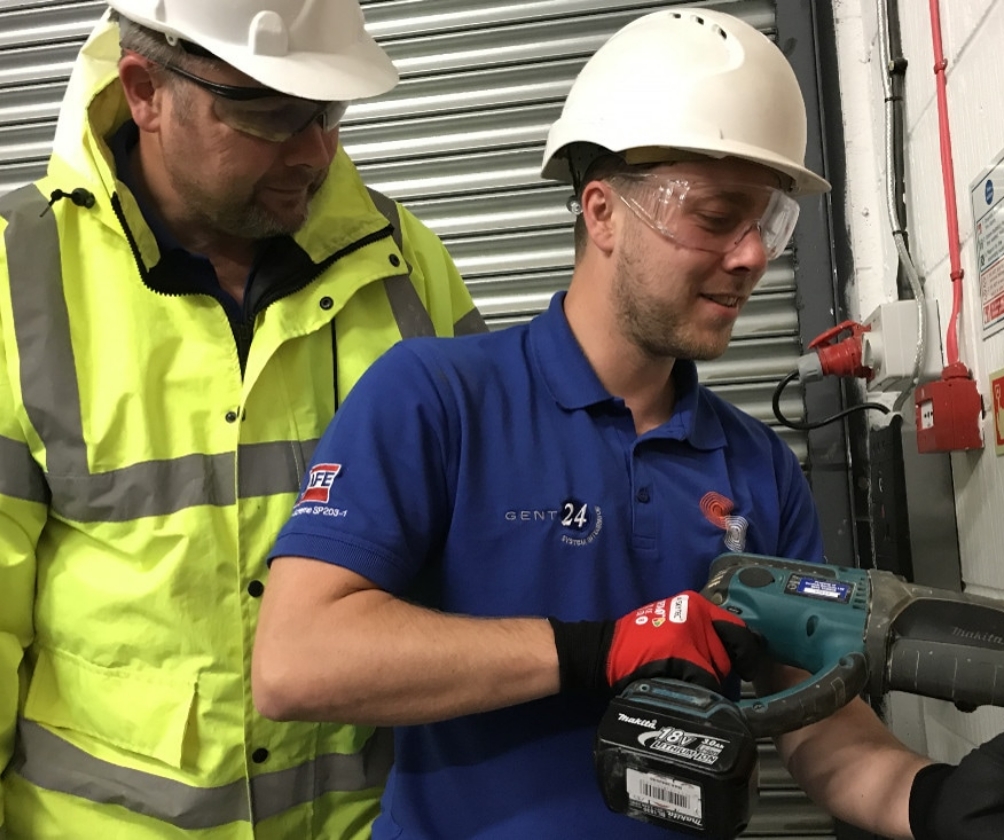Li-ion Tamer Gas Detection
Lithium-ion battery fires are amongst the most common in the UK. With early detection, they can be prevented. Li-ion Tamer Gas Detection identifies battery failures before they escalate, reducing damage and preventing potentially severe damage.
Jump to Section
About Li-ion Tamer Gas Detection
How much does Li-ion Tamer cost?
About Li-ion Tamer Gas Detection
According to a 2023 study by the Environmental Services Association (ESA), 48% of all waste fires are caused by lithium-ion batteries in the UK each year. Li-ion Tamer Gas Detection was designed to make batteries safer. Using smart technology, Li-ion Tamer works to identify battery failures and provide a warning at the earliest stage, preventing severe damage, and giving facility managers time to react to the issue.

Lithium-ion Battery Failure
Li-ion battery failure can be broken down into four stages:
- Abuse factor: thermal (over-heating), electrical (over-charging), or mechanical abuse.
- Off-gas generation: occurs regardless of cell form-factor.
- Smoke generation: thermal runaway has started and catastrophic failure is imminent.
- Fire generation: likelihood of propagation drastically increases (thermal runaway).
What is thermal runaway?
Thermal runaway is a process that is accelerated by an increase in temperature, in turn releasing energy that further increases the temperature, and becomes uncontrollable.

Off-gas generation is the second stage in Li-ion battery failure, before smoke generation and thermal runaway takes place. Off-gas generation occurs when a battery cell begins to fail: electrolytes break down and produce gas, which causes an internal pressure buildup. This is ultimately released from the cell in an off-gas event. Off-gas generation occurs between 2 and 30 minutes before smoke generation and thermal runaway. Knowing when this occurs allows for prevention or relief of a battery failure.
Early detection of Lithium-ion battery systems can prevent the fire from breaking out in the first place.
How does Li-ion Tamer work?
Li-ion Tamer is designed to make battery storage systems safer by providing an early warning through smarter sensing. Li-ion Tamer works at the second stage of battery failure – between off-gas generation and smoke generation – to stop thermal runaway before it escalates. An off-gas monitor is placed at each battery rack to monitor off-gas events. It can detect a single cell battery failure in a typical open-air battery rack. When failing lithium-ion batteries emit off-gas, Li-ion Tamer can detect this before the cell fails and give an alert, typically between 2 and 30 minutes before a thermal runaway event occurs. This provides time to respond and react to the issue.

How much does Li-ion Tamer cost?
The cost of a Li-ion Tamer system is dependent on the scale of your project. For more information, call us on 01332 865091, or click here for a free, no-obligation quote.
Approved by Honeywell
Sunfish Services are proud to be part of the Gent 24 Integrators Network, trained and selected based on our extensive capabilities and considerable fire industry experience. As part of the Integrators Network, we are able to design, install, commission and maintain Gent equipment to the highest standard.

Why Sunfish Services?

Frequently Asked Questions
How much does Li-ion Tamer Gas Detection cost?
Pricing for Li-ion Tamer is dependent on the scale of the project. Contact us on 01332 865091 to talk to a member of our team.
What is thermal runaway?
Thermal runaway is the term used to describe the process of an uncontrollable increase in temperature.
What is Li-ion Tamer Gas Detection?
Li-ion Tamer Gas Detection is a system that uses smart sensors to identify lithium-ion battery failure and provide a warning to facility managers that smoke and fire generation is about to occur, so they can respond effectively to the incident.
